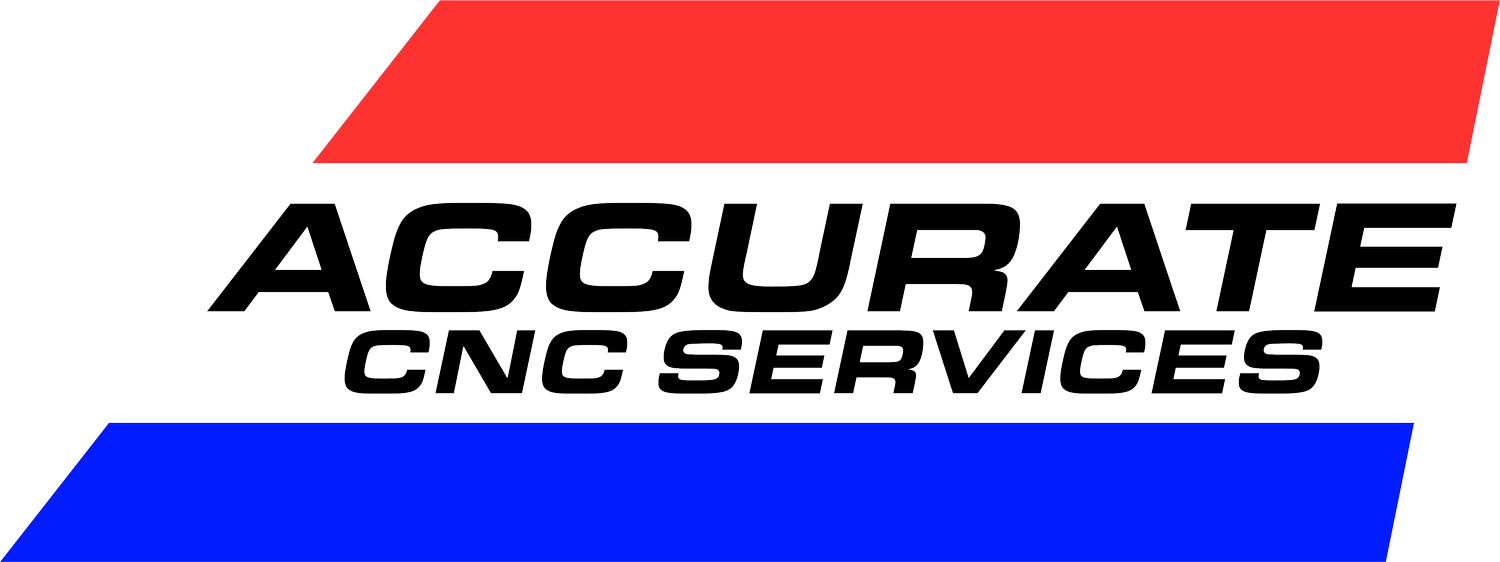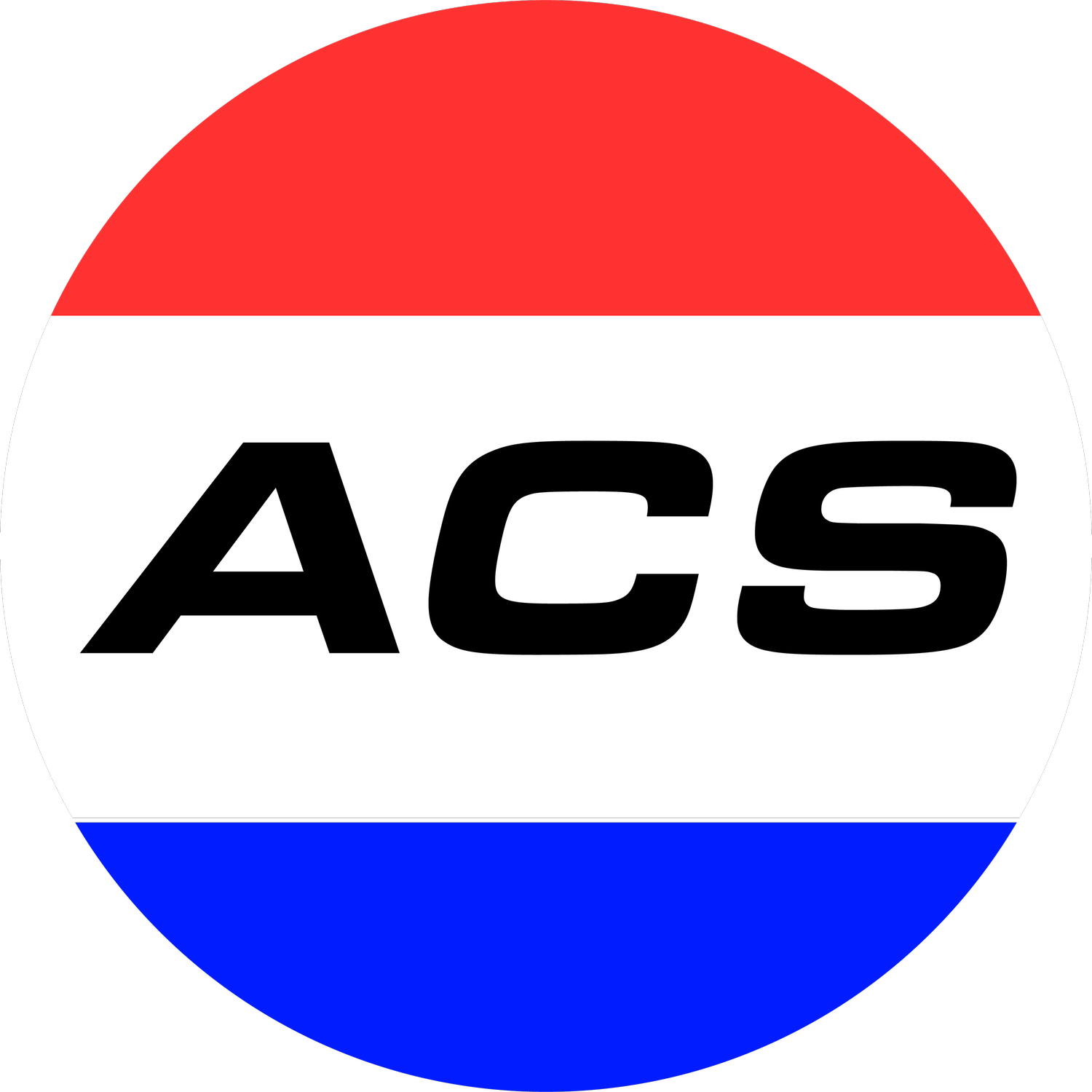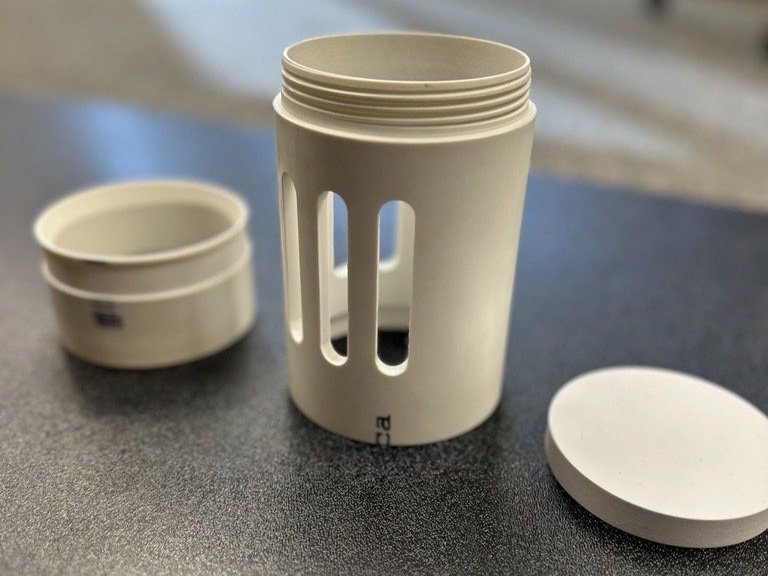3D Printing Helped This Customer Cut Costs by One Third
When a new customer approached us about CAD and machining services for his custom assembly components, we knew right away that we could help him get exactly what he wanted at a significantly reduced cost. The solution we proposed? 3D printing!
Here’s how we helped him save money with affordable 3D printed parts:
Case Study: Cope Aquatic Instruments
The assemblies were brought to us by Cope Aquatic Instruments, a maker of aquatic research tools used by schools and research centers. Though each PVC pipe assembly was unique, they all involved multiple machined slots and threaded ends, among other features.
CAD services
Customer Original Sample
Accurate CNC 3D printed parts
The only thing this customer couldn’t share with us was the 3D model for each part; the CAD files were being withheld by a former manufacturing partner. Before we could even think about producing the parts, we first reverse-engineered each one and recreated all of the CAD files from scratch.
CNC machining vs. 3D printing
The team at our Idaho machine shop provides machining for a wide range of materials, including metal, wood, and, of course, plastic. We knew we could easily machine the aquatic parts using our lathe’s live tooling; the only downside was how much time it would take to complete each part’s setup and cut all the various features. And in CNC machining, time is what makes even simple parts very expensive.
From the moment we reviewed the assemblies, we knew 3D printing the components would cut costs dramatically.
To be clear, 3D printing is not faster than machining. 3D printing is a slow process that can require many times the number of hours a machinist would need to do the same work. The reason 3D printing often costs less than CNC machining is that 3D printing is essentially a “one-and-done” operation: we simply upload the CAD file and let the printer do its work.
The 3D printing solution
Not every part is a good fit for 3D printing, but the components for Cope Aquatic Instruments were ideal for additive manufacturing. Here’s why:
Strength. Because each aquatic instrument is designed to hold only water, high strength was not a concern.
Surface roughness. The product called for a sanded interior finish, which the 3D printing process naturally produced.
Material. With PLA, ABS, PETG, and Nylon filament to choose from, the project’s material requirements were easily met.
Add to these factors the significantly lower cost of additive versus subtractive manufacturing, and 3D printing was the obvious best choice.
In the end, Accurate CNC Services 3D printed Cope Aquatic Instruments’ components for approximately one-third of the cost of machining.
Our customer was completely satisfied with the price and quality of his assemblies, and we’re equally happy to begin work on the production order he placed for additional aquatic tools!
Is 3D Printing Right for Your Part?
Are you interested in 3D printing as an alternative solution for your machined parts? In most cases, our Idaho machine shop can offer additive manufacturing as a viable option for parts that meet these requirements:
The part does not serve a structural purpose
The part measures a maximum of 10” x 10” x 10”
The part can be made from PLA, ABS, PETG, or Nylon
If you’re looking to cut costs and streamline production, 3D printing offers a cost-efficient alternative to traditional machining. We can even provide 3D printing solutions for larger parts and additional materials.
Get in touch or request a quote for 3D printed parts!




